Coffee, Cake, and Curiosity
Sometimes on Christmas Eve we use swear words. In order to keep this newsletter PG, I won't tell you which swear words so feel free to fill in whichever are your favorites as you imagine me stomping around my kitchen at 9 o'clock at night as a I mumble to myself, "Expletive, expletive, expletive" loud enough that my wife looks up and asks in her saintly manner whether everything is alright.
Everything is definitively not alright. There are cinnamon rolls to be made, because cinnamon rolls are the family tradition for breakfast on Christmas morning. But these cinnamon rolls - these expletive cinnamon rolls - are refusing to roll. Ever since taking up gluten free baking as a result of having a gluten free child or two, everything sticks to itself all the time - and this has proven to be no exception. And it's frankly a disaster of Chernobyl level proportions. The structural integrity of the rolls has been compromised, and something is about to blow.
And then it occurs to me: I'm going to ice these cinnamon rolls after I bake them and before I serve them. If the trademark swirl that defines them as a roll is nonexistent nobody will ever know. Thus is crisis averted.
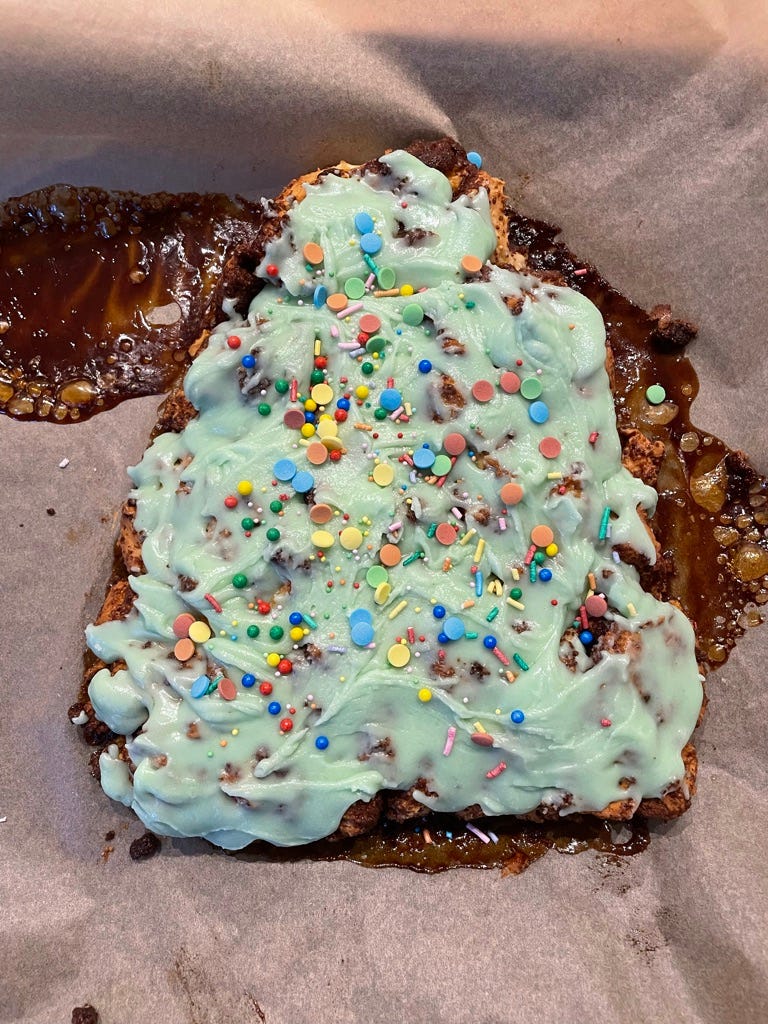
Don't worry - this is still Routine Chaos, you didn't accidentally come to one of those recipe sites that makes you read an absurdly long SEO-optimizing narrative before you get to the recipe1.
Why, then, this tale of kitchen woe? Well, let's talk about low risk failure and the necessity of making it a normal part of your work.
Did you recoil just a little bit at the word failure? Did a refrain run through your mind to the effect that "there's no such thing as failure, just learning opportunity"? It's OK, those are both healthy reactions - but let me just posit that there is such a thing as failure, and we often need to be more comfortable calling it out as such...because when we learn to embrace the role of failure, we learn to find our way through it.
Real talk: those cinnamon rolls? Not a failure. By 10am the following morning, hardly a crumb of them remained. They served their purpose. But that moment at the top was a moment when they absolutely could have been. I was maybe 5 minutes away from trashing the dough, without the time or the resolve to start all over again.
An actual failure? I've recently started roasting coffee again2. My first roast was undrinkable3. Like, "eagerly serve it to your wife and watch her with expectant eyes and see her maximizing every facial muscle she has to not grimace in revulsion but not succeed" undrinkable. Straight into the compost went those beans.
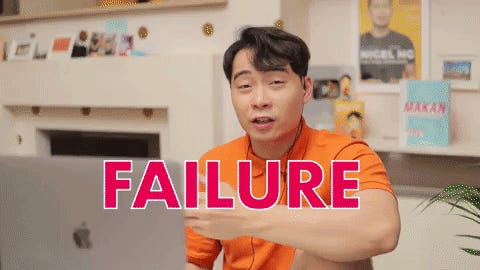
But guess what? It's a totally inconsequential failure! What did that failure cost me? About 20 minutes of my time, 100 grams of green coffee beans, and a small bit of pride. I brushed it right off and tried again4.
Coffee and baking are my hobbies, but I've chosen them because they have helped me to get comfortable with low risk failure. They provide immediate sensory feedback that is pretty unequivocal, but the worst case scenario is never that bad, and the barrier to getting back in the saddle is extremely low.
Normalizing low risk failure actually increases innovation and ambition...but what we may know in our personal lives doesn't always translate into our professional lives. I've historically seen two different approaches that I think are misguided:
- Take a big, ambitious idea and swing for the fences, go all out, and just hope that you've got it right and that somehow something innovative comes out of the pressure cooker of trying to do something impossible.
- Take a big, ambitious idea and narrow it down until it becomes something safe and easy that you know you can deliver on.
I've done both at various points in my life, and I understand the appeal of each. The first one is an adrenaline-fueled ride that is inspired by the stories you've read in Fast Company about Innovator X at Company Y who did this crazy thing (ignoring the reality that it didn't actually happen that way, but it's a much better narrative for getting eyeballs). It also often ends very badly, not just with high risk failure but with burnout and damaged relationships. The second one is appealing, because there's a decent chance it will get you promoted, unless of course you've narrowed the idea down so far that it fails to meet the need that necessitated it in the first place. That story is unfortunately all too common5.
The third way is the way of low risk failure. It starts with asking the question, "what's the smallest possible version of this ambitious idea we could start with?" and is followed by the question, "and how quickly can we get there?"
The less time you need to get started, the less pressure you have to get it right, the more opportunities you have to try different things. And low risk failure is actually a great teacher. Just as in success, there's often still something that's not working, even in failure you often find the seed of something right. You also get a better understanding of tools, methods, materials, structures, and all of the things that are going to eventually need to be right.
Fittingly, growth in this case doesn't mean that you figure out how to stop failing; it means that you get better at failure - figuring out how to salvage the wreckage, finding your way back to the starting point faster, expanding the scope of what you explore, or feeling less threatened/intimidated at the prospect of failure. Not permitting yourself to fail leads to being stuck doing the same things over and over again - which, ironically, is its own form of failure.
- The myth of innovation as a singular big, bold bet is quite powerful. Former Apple engineer Ken Koscienda does an amazing job of unmasking it in his book Creative Selection. Check out an excerpt here.
- If you're struggling to get down to the smallest possible way to start, I personally enjoy a good Charrette.
- Currently reading: Reinventing Discovery by Michael Nielson, about how networked tools enable collective intelligence in a way that is changing how scientific discovery works.
...which leads to a question this week: where have you experienced intentionally designed serendipity? If you have a great example, respond to this email or drop it in the comments.
If you still want the recipe after looking at that photo, it's here. ↩
why did I ever stop? Let's just say that importing agricultural products - like green coffee beans - to a border protective island is no walk in the park. But some day I'll tell you about my friend Will who actually figured out how to do it ↩
fine, my first 4 roasts ↩
and failed again, but less egregiously. ↩
and not interesting enough to ever get covered in Fast Company ↩


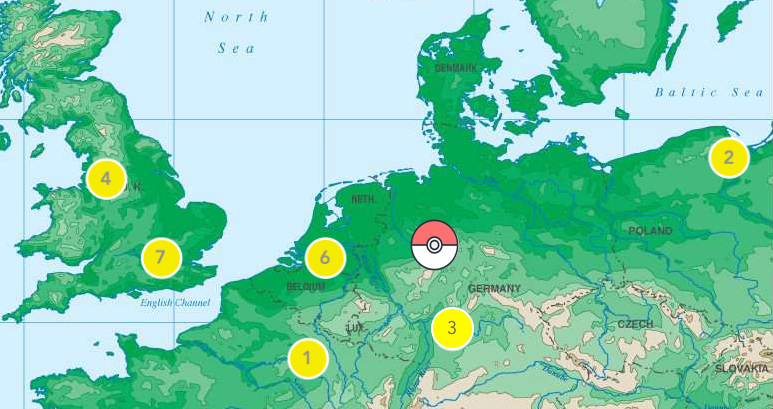
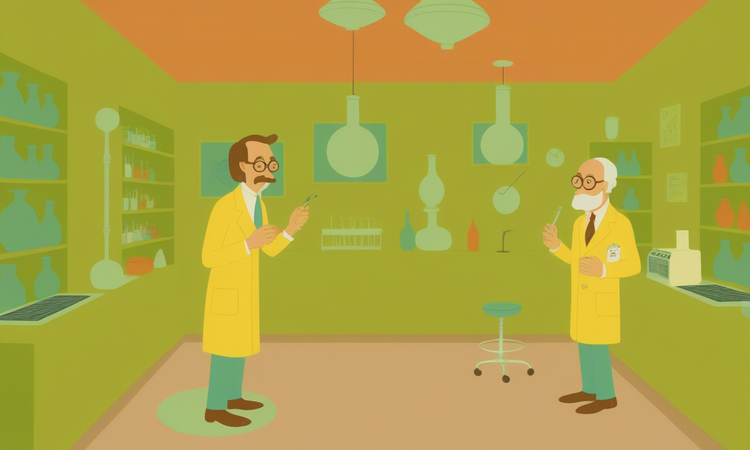
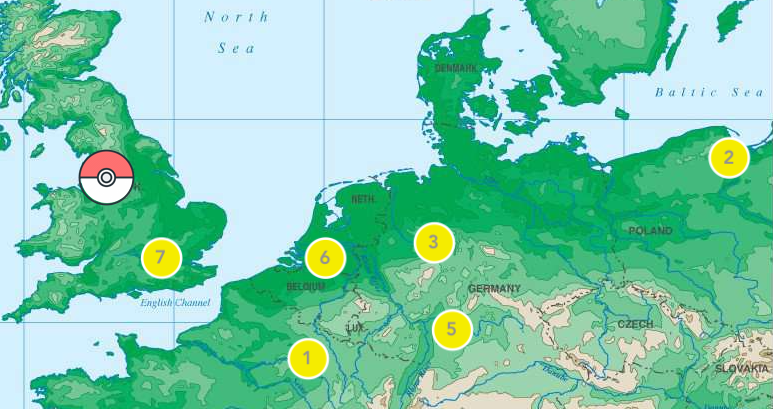

Member discussion